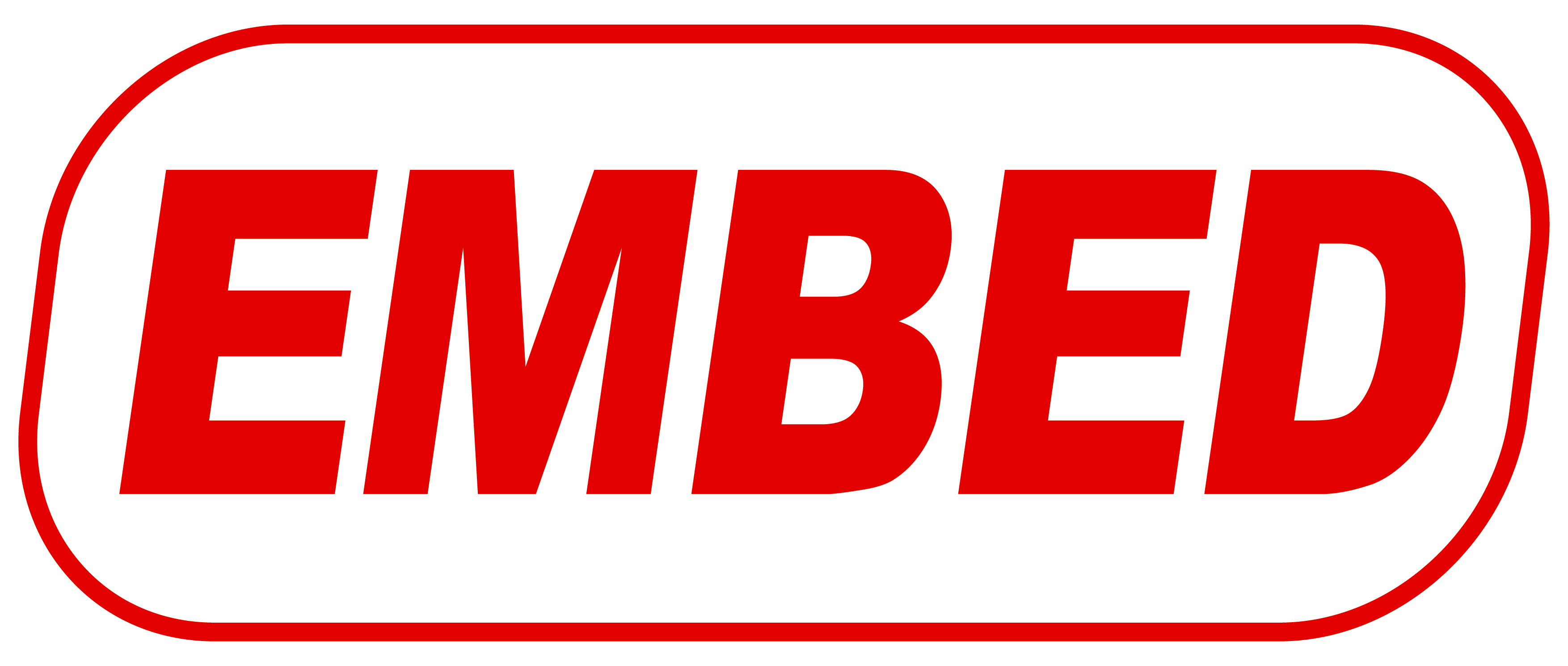.png?width=560&name=The%20Distribution%20Series(5).png)
Knowing where you sit within the market provides you with an in-depth understanding on how you compare to competitors with product offerings, pricing and allows you to determine your Unique Selling Points (USP).
It is likely that you are aware of your competitors, but have you analysed their Unique Selling Points (USP) against your own? USP's are the inclusions or differences to your product, that your competitors are not offering or cannot provide.
Examples of USP's can include things such as: cheapest available packages, highest rated, oldest established company, available in other languages, only tour who offers X and so on. You cannot know your own USP's until you have checked it against your competitors. It is a good idea to write down what your company is the best at and then compare it.
Outside of USP's, there are other ways to analyse your competition. Visiting their website or social media pages can give an understanding of their products, and online reviews can show how satisfied their customers were. This information can highlight things you could be doing in order to be as good, if not better, than your competitors. You could also review their flyers or price lists that they promote to customers.
Knowing your competition can help you in a variety of ways, such as:
- Creating products of differentiation to stand out and reach new markets
- Adjusting your pricing in accordance with standards
- Understanding the journey of your customer who will research all available options before booking
- Knowing where you hold USP's
- Recognising any areas of your business which could be improved
Once you have established your position against the competitors, it is time to recognise your position in the marketplace. Although you might have already developed all the products for your business, it may be necessary to alter some components in accordance with your market position.
Your market position is where your customers value your business to be amongst your competitors. A higher market position may be associated with better quality of services, exclusivity and therefore a higher price. Alternatively, a lower market position might focus on budgeting, providing the core product with less frills. (This might not be such a bad thing, America's discount retail store, Walmart, is worth more than Prada, Gucci, Louis Vuitton and Versace combined!) The point being, they have recognised their market position and used it accordingly to reach their customers.
Market positioning can also involve developing a brand image and persona. This relates to how you communicate with customers and engage with your audience online.
Completing a SWOT Analysis is a great way to understand your market position. The aim of a SWOT is to identify the internal and external pluses and minuses of your own business against competitors. From there, you should attempt to maximise the positive factors and work out a routine to avoid any negative ones.
.png?width=450&name=Strengths(1).png) From the table, you should aim to list a couple of points within each four boxes which highlight different sections to celebrate, improve or be cautious of. Many businesses meet their failure due to inability to recognise upcoming threats, changes or being unprepared against competitors.
From the table, you should aim to list a couple of points within each four boxes which highlight different sections to celebrate, improve or be cautious of. Many businesses meet their failure due to inability to recognise upcoming threats, changes or being unprepared against competitors.
This process is especially important to those tours or attractions that have multiple competitors who offer similar experiences. Through analysing your competitors and completing a SWOT analysis, you will soon know exactly what makes your product stand out. This knowledge will arm you when your are questioned from distributors of "what makes your product different to your competitor" and we can guarantee that you will get asked this! You will be able answer with confidence.







Comments